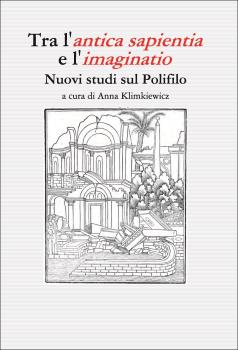L’isola di Citera storta Riflessioni su una traduzione ‘sbagliata’ di un brano del De re ædificatoria albertiano nell’Hypnerotomachia Poliphili .......... 217
Synopsis
The description of the island of Citera (HP 292-294) illustrates the antiquarian nature of the Hypnerotomachia Poliphili (HP): a detailed account, precise geometrical indications, observations based on the most innovative cartographic research of those days blend with literary elements that are most adequate for a love romance. With this, we encounter a piece of ‘scienceliterature’ which is very different from our usual categories. As is well known, the author of the HP gives a description of the island’s outlines by way of translating a passage of Leon Battista Alberti’s De re aedificatoria from Latin into his own artificial volgare. In this passage Alberti had correctly given step-by-step instructions how to draw a regular decagon. But a close analysis that considers both linguistic and mathematical aspects reveals a crucial mistake in the translation given in the HP. In fact, following those instructions, the aim will be missed in the last step. This observation obviously rebuts Lefaivre’s suggestion that Alberti himself could be the author of the HP. Moreover, the question arises whether the author of the HP included this mistake deliberately into a passage that seems rational and precise at first sight. This question deserves further research. Our contribution adds an important example of the numerous contradictions that form the special character of the HP.





